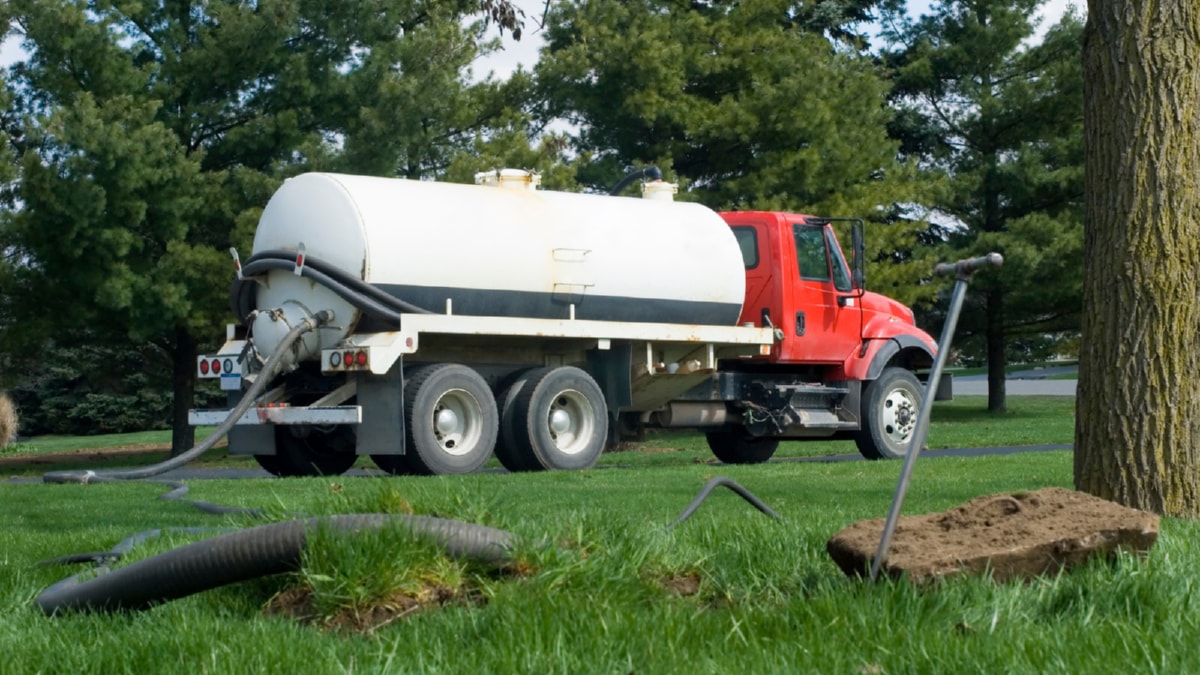The construction industry is undergoing significant transformation in response to the growing concerns about environmental sustainability and climate change. The future of construction is being revolutionized through Green Building Techniques. These techniques are not only environmentally friendly but also cost-effective, energy-efficient, and highly sustainable.
Green building, also known as sustainable or high-performance building, involves the creation of structures using processes that are environmentally responsible and resource-efficient throughout a building’s life-cycle, from design, construction, operation, maintenance, renovation to deconstruction. This diverse approach promotes the sustainability of the environment while also providing economic benefits to the constructors and occupants.
One key technique is the use of sustainable building materials. These are materials sourced from nature and are renewable. Examples include bamboo, which is highly durable and grows quickly, and recycled steel, which reduces the energy consumption that comes with processing the raw material. Using recycled or upcycled materials not only reduces waste but also decreases the demand for new resources, thereby reducing the overall environmental impact.
Another vital green building technique is energy efficiency. This involves the use of renewable energy sources, such as solar and wind power, as well as energy-efficient appliances and lighting. Buildings can also be designed to take advantage of natural light and heat, reducing the need for artificial lighting and heating. The incorporation of energy-efficient HVAC systems, insulation, and energy-efficient appliances significantly reduces energy consumption.
Water efficiency is another significant aspect of green building. This can be achieved through the installation of water-efficient appliances and fixtures, rainwater harvesting systems, and the use of native, drought-resistant plants in landscaping. These practices reduce water waste and use, leading to significant water conservation.
Indoor environmental quality is a critical aspect of green building that focuses on improving the health and comfort of building occupants. This technique involves the use of low-VOC (volatile organic compound) paints and materials, improving ventilation, and maximizing natural light. These practices significantly improve air quality, reduce health risks, and enhance occupant comfort and productivity.
Green roofs and walls are also gaining popularity in urban settings. These involve the incorporation of vegetation on roofs and walls, reducing heat absorption, and providing insulation. These green spaces also improve air quality, reduce stormwater runoff, and provide habitats for urban wildlife.
Innovation and design process is a green building technique that encourages designers and constructors to find innovative ways to achieve sustainability. This could include new construction methods, use of new materials, or new architectural designs.
Green Building Techniques are revolutionizing the future of construction by providing a more sustainable, cost-effective, and environmentally friendly alternative to traditional building methods. These techniques not only benefit the environment but also the people who live and work in these buildings, and the wider community.
The shift towards green building signifies a step in the right direction towards mitigating the impacts of climate change and promoting sustainable development. As the construction industry continues to evolve, the implementation of Green Building Techniques will undoubtedly become more commonplace, ultimately leading to a more sustainable and environmentally conscious society.
For more details, check best masonry services or visit their business listing here.



